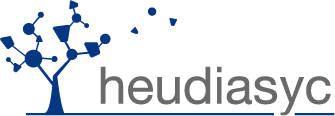Sidebar
The Maximum Clique Problem
Short description
The Maximum Clique Problem (MCP) on a graph involves finding the largest set of vertices, any two of which are adjacent. The MCP is generally NP-Hard and equivalent to the Maximum Independent Set Problem (MISP) and the Minimum Vertex Cover Problem (MVCP).
New approach
Subgraph Extraction Approach (SEA) for solving MCP consists of first extracting a particular subgraph from the original one, then finding the maximum clique in this subgraph. Particular subgraphs are chosen such that the MCP can be solved in polynomial time. This approach was early developed in [1, 3] with triangulated subgraphs. The authors proposed also associated heuristic approaches but these algorithms had never been tested on recent MCP benchmarks like the DIMACS one.
Our new idea is follow: the extraction process will not only be influenced by the original graph but also by an order of vertices, this eventually accelerates the extraction. Therefore, if there exists an order of vertices which return the maximum clique of the original graph after the extraction, the MCP can be seen as permutation problem and can be solved using evolutionary algorithms (EA). Particularly for genetic algorithm, this method actually removes the need of repair steps after each crossover operator in genetic algorithm designs for MCP using binary representations.
Our first metaheuristic design based on this idea was communicated in [2]. More advanced hybrid scheme [4] will be appeared soon.
References
[1] E. Balas and C. Yu. Finding a maximum clique in an arbitary graph. SIAM Journal of Computing, 15:1054–1068, 1986.
[2] D-C. Dang and A. Moukrim. Subgraph extraction and memetic algorithm for the maximum clique problem. IJCCI (ICEC) 2010, p77-84, 2010.
[3] J. Xue. Edge-maximal triangulated subgraphs and heuristics for the maximum clique problem. Network, 24:109–120, 1994.
[4] D-C. Dang and A. Moukrim. Subgraph extraction and hybrid metaheuristics for the maximum clique problem. Accepted for publication in Journal of Heuristics, 2012.




